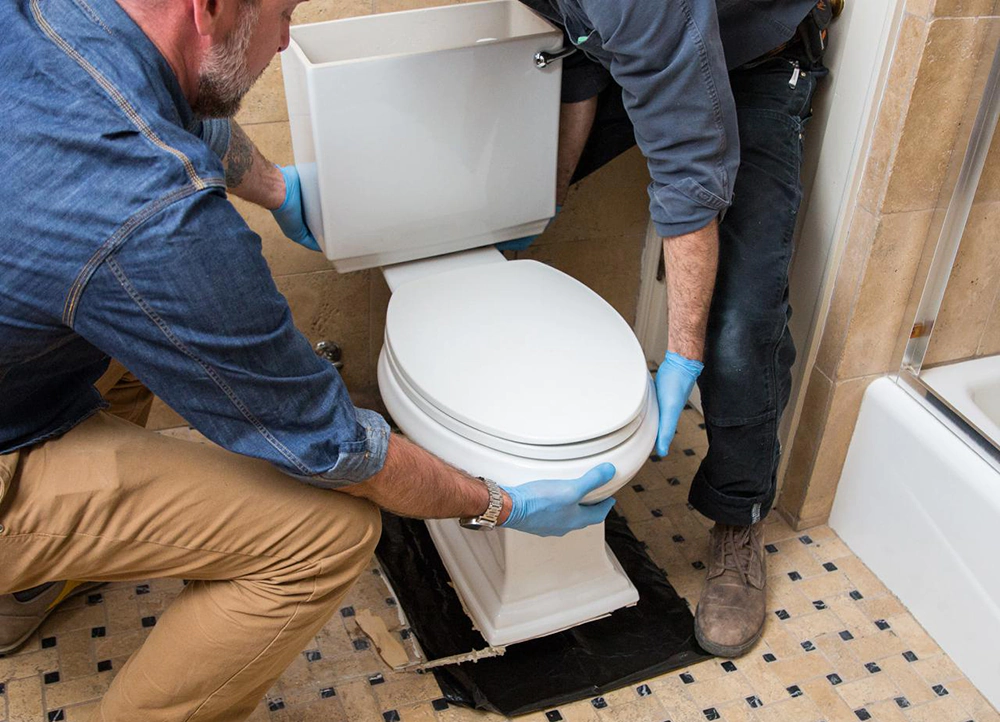Every homeowner will likely encounter a leaky toilet hose in their bathroom at some point. This common issue can lead to water wastage, increased utility bills, and potential water damage if not addressed promptly. Understanding the causes and solutions for a leaky toilet hose in the bathroom is essential for maintaining a functional and efficient plumbing system.

Understanding the Toilet Hose
The toilet hose, also known as the supply line, plays a critical role in delivering water from the main supply to the toilet tank. It is typically made of flexible materials like braided stainless steel or reinforced rubber, designed to withstand constant water pressure.
Identifying a Leak
Spotting a leak early can save you from significant damage. Common signs include water pooling around the base of the toilet, a hissing sound when the toilet is not in use, and visible water stains on the bathroom floor. Regularly inspecting the hose and connections is crucial.
Common Causes of a Leaky Toilet Hose
Several factors can contribute to a leaky toilet hose in the bathroom:
- Wear and Tear: Over time, the hose can degrade, especially if made of rubber, leading to cracks and leaks.
- Loose Connections: Frequent movement or improper installation can cause the fittings to loosen, resulting in leaks.
- Corrosion: Metal components may corrode due to constant exposure to water, weakening the hose’s integrity.
How to Fix a Leaky Toilet Hose
Addressing a leaky toilet hose involves a few simple steps:
Step 1: Turn Off the Water Supply
Before starting any repairs, ensure the toilet’s water supply is turned off to prevent further leakage.
Step 2: Examine the Hose and Connections
Inspect the hose for any visible signs of damage or wear. Tighten any loose connections using a wrench, but be careful not to overtighten as this can cause further damage.
Step 3: Replace the Hose If Necessary
If the hose is damaged beyond repair, replace it with a new one. Ensure you choose a high-quality hose to prevent future leaks. Check out small bathroom leak for more repair tips.
Preventing Future Leaks
Prevention is key to avoiding future leaks. Consider the following tips:
- Regular Inspections: Periodically check the hose and connections for any signs of wear or loosening.
- Quality Materials: Invest in durable hoses made from stainless steel or other robust materials.
- Professional Installation: If unsure, hire a professional to install the hose correctly, ensuring all fittings are secure.
When to Call a Professional
If you are unable to fix the leak on your own or if the problem persists, it might be time to call a professional plumber. They have the expertise to diagnose and repair the issue efficiently. Consider reading more about hiring professionals at common bathroom leaks.
Conclusion
A leaky toilet hose bathroom is a common yet manageable issue. By understanding the causes, taking prompt action, and employing preventative measures, you can maintain a leak-free bathroom. Regular maintenance and inspections are vital in ensuring the longevity and efficiency of your plumbing system.

FAQ Section
1. How do I know if my toilet hose is leaking?
Look for water pooling around the base of the toilet, listen for hissing sounds when the toilet is not in use, and check for visible water stains on the floor.
2. Can I fix a leaky toilet hose myself?
Yes, many leaks can be fixed by tightening connections or replacing the hose. However, if the problem persists, contact a professional plumber.
3. How often should I inspect my toilet hose?
Conduct regular inspections every few months to catch any potential issues early and prevent leaks.
This article contains affiliate links. We may earn a commission at no extra cost to you.



